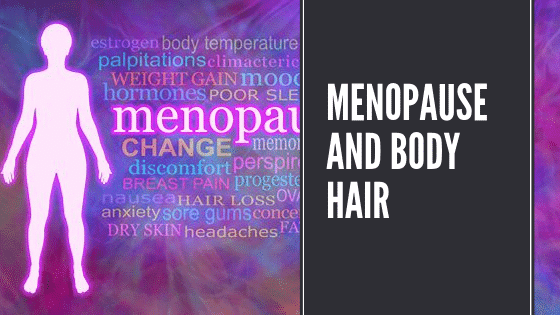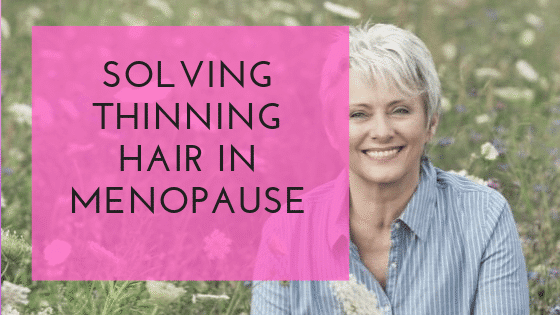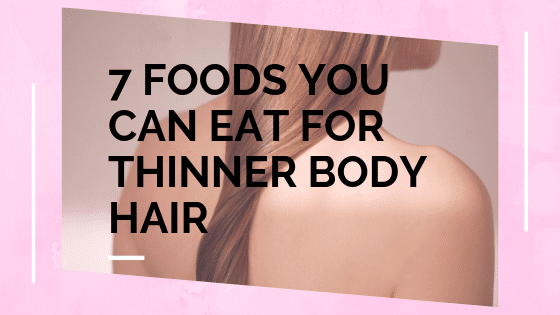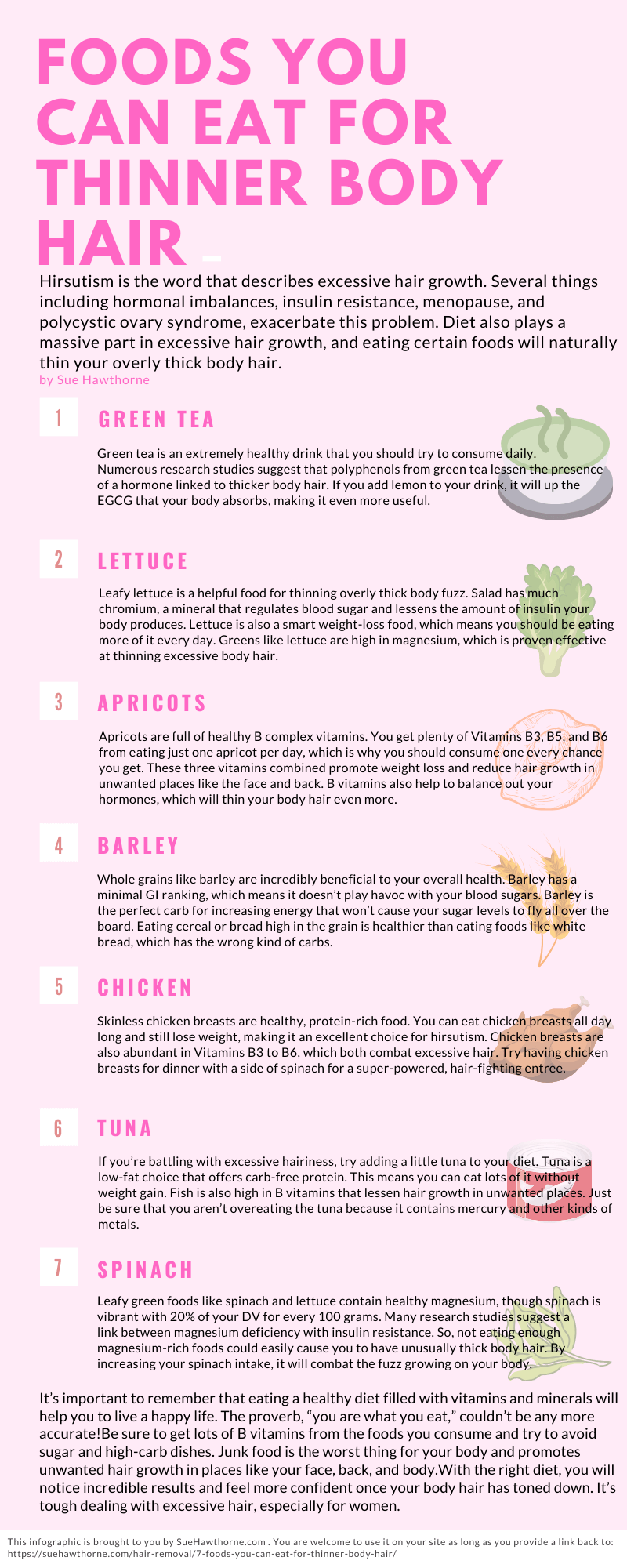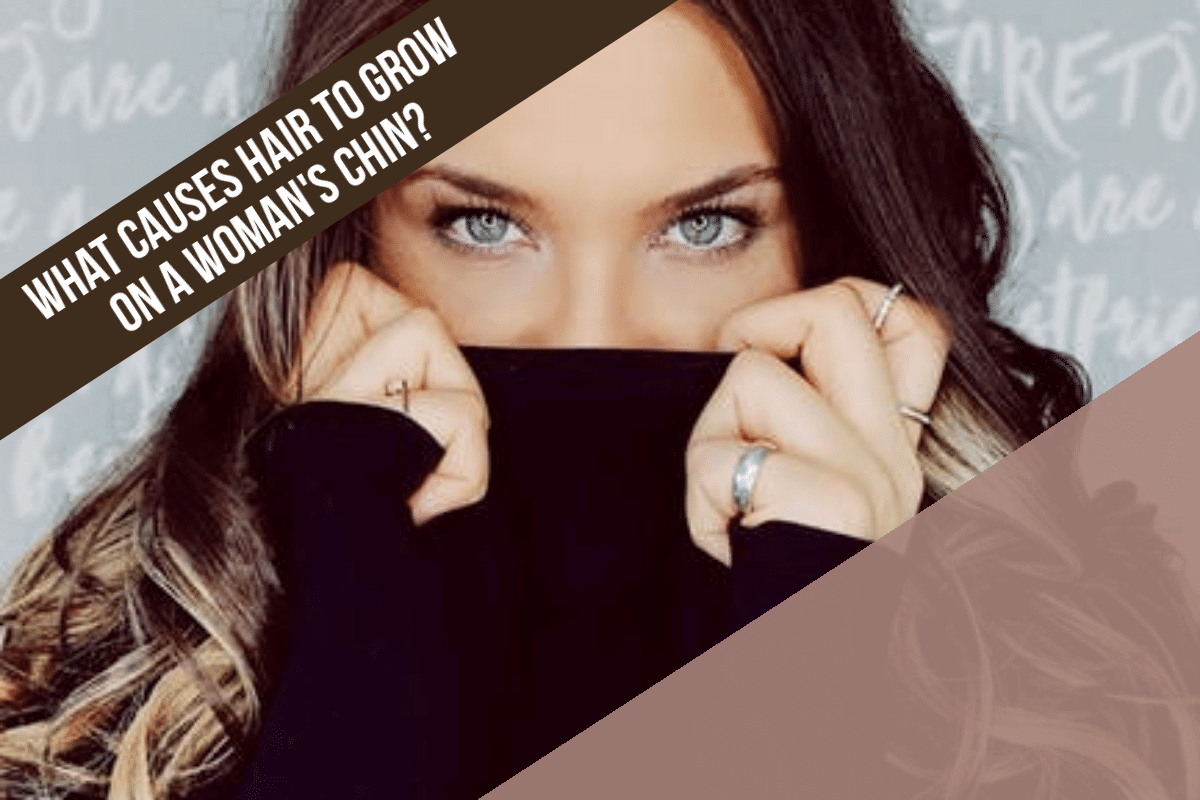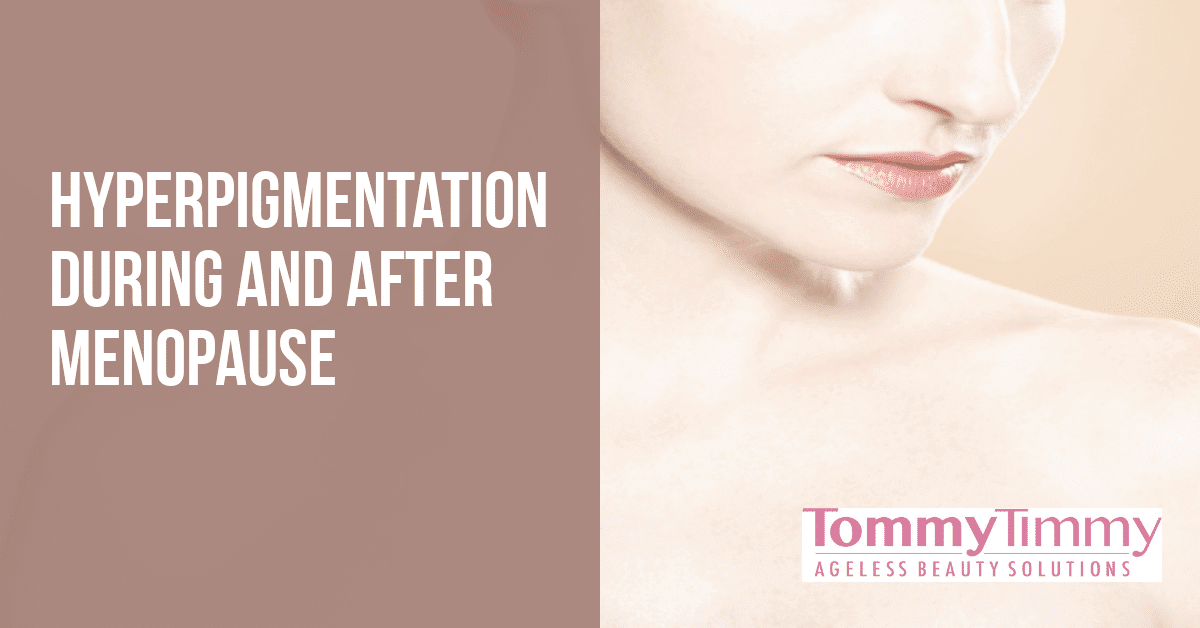Menopause is a time in a woman’s life where inevitable changes are happening to her body. One of her main superpowers of giving birth to a baby is about to be taken away. And it affects her. It affects her physiologically, psychologically, emotionally, and physically. The changes that take place inside her body also manifest themselves outwardly affecting her appearance, including her skin and hair.
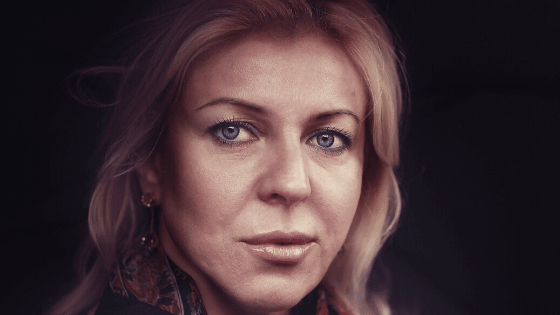
It is important for a woman to understand what menopause is and what changes it may bring, so she can face it with confidence: To see it as a new phase in her life that brings new possibilities, new challenges, new opportunities, as well as new blessings. Menopause need not be feared or dreaded, albeit a really difficult phase, but welcomed, as you arm yourself with the knowledge of what it is and where it will take you.
What is menopause?
Menopause is the season in a woman’s life after she has had her last and final menstruation. There is some subjectivity to it since you can only tell if a monthly period was your last one if you no longer have another after that. However, menopause may be viewed in retrospect as the last monthly period you had in the last 12 months. The interval (12 months) between your last menstruation and the determination of menopause is part of a longer phase usually referred to as perimenopause.

Perimenopause or transition menopause is an extended phase that begins when a woman is somewhere in her 40s. It extends up until the last two years (including the 12 month interval) before she reaches menopause, usually in her 50s. It’s a long season when your body starts to slow down, particularly in its reproductive capacity. However, in the last year or two of perimenopause, you may begin to experience the outward changes associated with menopause with more consistency. The most significant being your long period of amenorrhea (absence of menstruation).
What happens inside your body during menopause.
A woman’s body slows down somewhere in her 40s. During this period her ovaries begin to produce estrogen in an irregular manner, particularly in terms of its frequency and intensity. This means either your monthly periods become fewer and far between or they vary in the strength and the amount of shedding (menstruation).
The role of estrogen and progesterone in the reproductive cycle.
Estrogen is the female hormone largely responsible for your ovary’s releasing of an egg cell during ovulation. Progesterone, another female hormone, follows suit and prepares the uterine lining for possible egg fertilization and pregnancy. During this stage, when the lining of the uterine wall thickens, estrogen levels are low. This prevents eggs from being untimely produced and released by your ovaries.
When fertilization occurs, progesterone will continue to support the maintenance of the uterine wall as well as the development of the placenta; progesterone preserves the integrity of the uterine lining and prevents shedding during pregnancy. Estrogen, on the other hand, stimulates growth in the breasts and stimulates milk production in preparation for child birth and breast feeding.

When no fertilization occurs, progesterone level drops and the lining of the uterine wall and the blood break down and are shed. This is the start of menstruation. At this point, the woman’s ovaries are gearing up (anew) for the next cycle of ovulation. At the proper time, estrogen levels will once again peak signalling the ovaries to release an egg. This, basically, is the normal reproductive cycle of a woman.
This is how crucial the balance between estrogen and progesterone is in a woman’s reproductive cycle. Estrogen largely dominates the first half of a woman’s reproductive cycle; while progesterone does the latter, in non-pregnant women. Generally speaking. Many serious health issues result when an imbalance in estrogen and progesterone levels prevails. But during menopause, estrogen production significantly drops. This drop in estrogen not only affects your reproductive cycle, but other functions as well.
Estrogen is also responsible for the maintenance and support of other body functions, including:
1) Female phenotype structure. This distinguishes a woman from a man in stature and physical development. A woman’s bones are generally smaller and shorter than a man’s. A woman’s body normally has wider hips and thighs. Also, the voice box develops narrower to produce a distinctly female voice. Girls develop mature female breasts. This is largely due to the predominance of estrogen.
2) Fat storage. Estrogen controls and coordinates where women are most likely to store their fats. This is why a woman’s hips grow wider than a man’s.
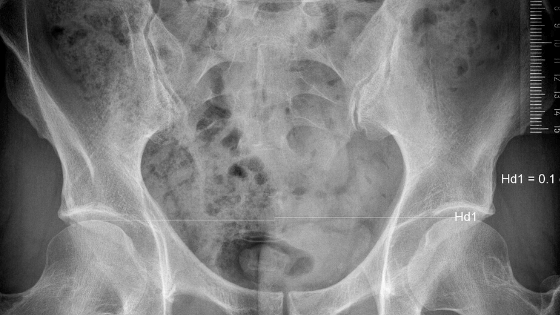
3) Skin condition. During menstruation, when a woman’s estrogen level is low, the dermis (middle layer of the skin) becomes thinner. Also, estrogen is known to suppress sebum production (oil secretions), which makes a woman’s skin less oily than a man’s. This is the reason it is less likely for females to develop acne.
4) Hair quality. Women have finer hair than men, and the hair on their heads are more permanent than in men.
5) Also, generally, estrogen helps maintain brain function, bone strength, energy balance, and heart health.
Increase in androgen in menopause.
The significant drop in estrogen production during menopause also seriously affects these bodily functions. This drop in estrogen is responsible for many of the symptoms associated with menopause, including hot flashes, night sweats, and weight gain. It also accounts for the proportional increase of androgen levels in the bloodstream. Androgen is often referred to as the male hormone. Women may not be aware, but their ovaries also produce androgen.
Sex drive and libido.
The science behind the relationship in the decrease in estrogen and increase (in proportion) of androgen is a bit confusing and a little tricky. Some say that if this is the case, i.e. that there is proportional increase in androgen during menopause, why is it that a woman’s sex drive or libido diminishes? Isn’t androgen (e.g. testosterone) responsible for strong sex drive and libido? But general observation abounds that during menopause, there is a decrease in the sex drive and libido of women. This much is clear: menopause diminishes a woman’s libido and desire for sex.
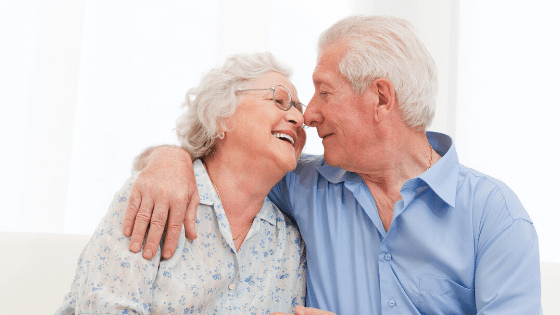
One of the reasons, it is suspected, has nothing to do with the interaction of estrogen and androgen; but has everything to do with the cessation of progesterone production in menopause. One of the roles of progesterone, it is believed, is to promote sexual desire in women. Also, it is believed that progesterone is actively involved in the sexual fulfillment of men. But another reason associated with the lack of sexual desire in women is the thinning and dryness of the vaginal walls associated with menopause; which makes sexual contact uncomfortable. This directly relates to the significant decrease of estrogen, since estrogen is largely responsible for keeping the vaginal walls thick, lubricated, and elastic.
Menopause and body hair.
The significant decrease in the production of estrogen is also seen outwardly in the loss of hair. This is because estrogen is responsible for hair growth, and hair follicle maintenance.
1) The hair on your head.
You may have observed your hair thinning out or falling as you take a bath or comb your hair. Also, you may have noticed more of your scalp showing as you look in the mirror. In some instances, women have experienced localized baldness beginning to set in near the hairline or at the top. There are two causes why your hair thins out all over.
One is that, estrogen deficiency causes a weakening of your hair follicles. It is estrogen that stimulates the nourishment and growth of your hair follicles. When this fails, your hair follicles weaken and eventually some of them die, causing hair loss. Another reason is: when estrogen level drops, androgen can still stimulate new hair growth; but the hair quality is inferior, not as thick and strong as the female phenotype hair, and easily falls off.
The proportional increase of androgen is also largely responsible for the occurrence of localized baldness in some menopausal women. Androgen dominance is something women share with men who experience baldness beginning near their hairline or on the crown of their head towards their temples. In many cases, this is also associated with terminal hair growth in menopausal women.
2) Armpit and pubic hair.
Armpit and pubic hair is another area affected (positive?) by the drop in estrogen. Armpit and pubic hair is strictly regulated. Their growth is controlled, in that their length has limits. But during menopause, some women’s armpit hair have completely vanished. The shave (wax) and regrow cycle has all but completely stopped. The absence of armpit hair you experience is similar to your pre-puberty days. On the other hand, it is common experience for menopausal women for the strands of their pubic hair to become thinner and more diffuse or sparse; though majority would have nothing left completely in more elderly (post-menopausal) years.
3) Body hair.
Body hair is less obvious in women, generally, than in other parts where terminal hair grow more distinctly, e.g., armpits and pubis. The loss and thinning out of body hair seems to be a result of ageing in general than it is of estrogen deficiency in particular; although both are the main contributory factors. As the body grows older, there is poorer circulation of blood and nutrients around the skin.
Androgen and masculine hair growth.
If you have observed masculine hair growth in certain parts of your body (viz. your face) during menopause, it’s most probably caused by the proportional increase of your androgen levels. You may have observed it under your chin, or you may have noticed you’ve grown a thin mustache, or some sideburns. Androgen are the main cause why men grow mustaches and have goatees; and why some men have sideburns and all.
Now that your estrogen levels are low, your androgen are showing signs in places where they are welcome. As nature has it, you were made to (also) receive androgen influence in those areas; but were prevented to because of the dominance (before) of your estrogen. But now that your estrogen has become latent and largely inactive, the androgen your ovary produces are exerting their influence.
Recommended treatment for menopause and body hair loss.
If any of this — hair loss and masculine hair growth — begin to bother you; you should talk to your health care provider or doctor. They should have a better understanding of the science behind menopause and body hair loss and masculine hair growth. They would be more qualified to recommend remedies or treatments to help you overcome specific issues. Also, they should be able to rule out other probable causes of body hair loss and hair growth not related to menopause.
1) Hormone replacement therapy (HRT) is often recommended, but caution is advised in this course of action for its side effects, e.g. swelling of breasts, headaches, nausea, and vaginal bleeding. HRT is usually a combination of estrogen and progestin, and is designed to supply the hormonal balance to alleviate the symptoms of menopause and body hair loss. ERT (estrogen replacement therapy) on the other hand, is HRT that consists only of estrogen. Estrogen stimulates hair growth.
2) Platelet-rich plasma (PRP) treatment. In PRP, blood is taken from your scalp and injected in areas where there is an absence of hair growth. The plasma that contains the growth factor in your blood is used to stimulate hair growth.
Have a positive outlook.
The outward changes often associated with menopause can have a psychological impact on women. Understanding the changes that happen inside your body should help you face the difficulties and challenges with confidence. Also, many of the inner struggles women face during menopause can be overcome with a positive outlook in life.
Live a healthy lifestyle.
Eat a balanced diet. Whatever diet plan you follow, choose health promoting foods.
Exercise regularly. This helps your blood circulate and your joints flexible.
Get enough sleep. Stop worrying too much, if you do. It doesn’t help.
Laugh. Go out with friends. No matter how old you are, you’re never old enough to laugh.
Travel. Travel while you still have strength in your bones. Seeing new places is refreshing and good for your soul.
Play with your grandchildren. They add a dimension of youth to you, and give a spark of daily happiness.
Believe. Have faith and live your life to the full.
Menopause has its difficulties and challenges. That’s why understanding how it works is important, because it frees you from fear of facing it. Embrace it. Menopause need not hinder you from living a rich and meaningful life.

